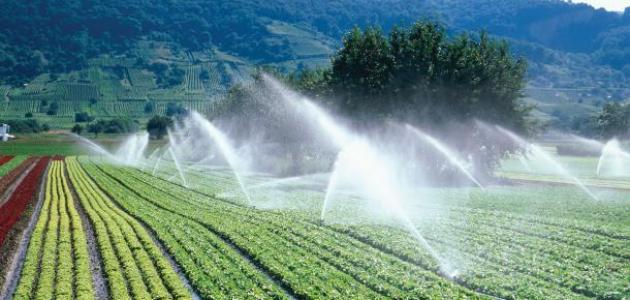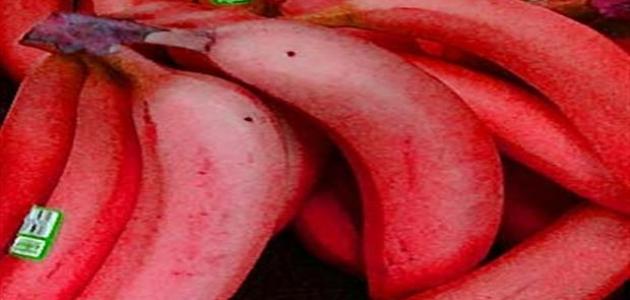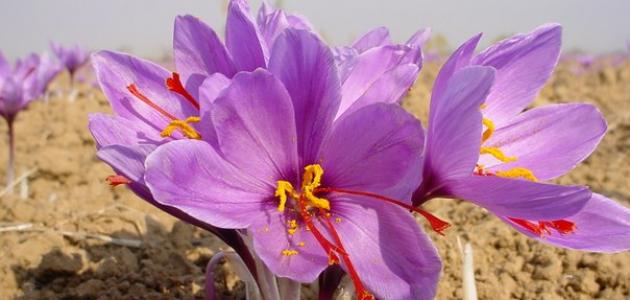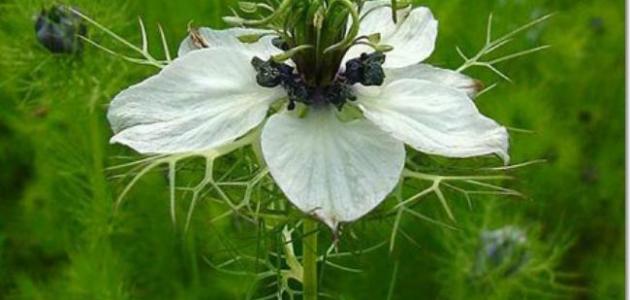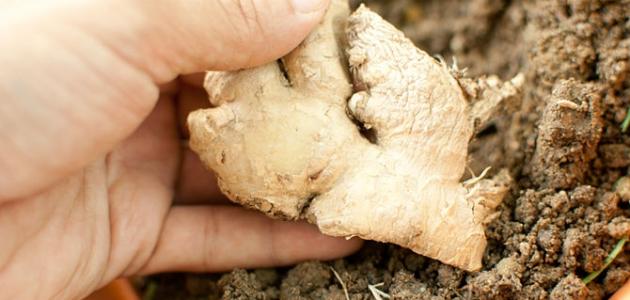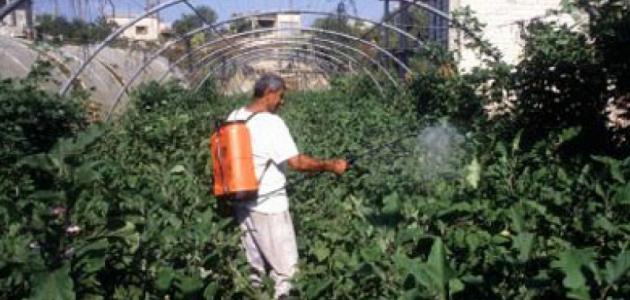Farming
Man has known agriculture since the beginning of his life on Earth, and he produced the necessary food by planting plants in the ground, watering them with water, and caring for them to provide him with the necessary food. In ancient times, agriculture was known as the science of land cultivation, and this activity requires the availability of three basic conditions for its success: soil, water, and light. Which complement the roles of each other, and the water factor plays an essential role in this activity, as without it, agriculture cannot succeed, despite the presence of rain-fed and irrigated crops, but it cannot be dispensed with completely. In this topic of our research, we will shed light on the process of supplying the soil with the water necessary for the success of the agricultural process. This is called the irrigation process.
irrigation
It is also called agricultural irrigation and drainage engineering, and it is the process of supplying soil planted with a plant according to the age stage of this plant with the water necessary to complete its growth process. The irrigation process begins from the moment the seeds are planted until they are harvested. The irrigation process is carried out by relying on several methods carried out by humans. The soil may be derived from Water comes from natural factors without human intervention, such as rainfall and floods, and this is called artificial irrigation.
Types of irrigation
Irrigation types are classified into two main types:
- Natural irrigation: This is the process of delivering water to the soil planted with plants without any human intervention. This occurs either through rain, floods, or riverbeds.
- Artificial irrigation: It depends entirely on human intervention, as the process of supplying water to the cultivated soil is carried out by humans using one of the common irrigation techniques and methods, including drip or sprinkler irrigation.
Common methods of irrigation
- Surface irrigation is also called flood irrigation, during which water is collected above the surface of the ground and the plant is flooded with water. It is classified into:
- Dry irrigation: It is also called rain-fed or fallow agriculture.
- Irrigation by means.
- Sprinkler irrigation: Plants and cultivated soil depend on obtaining irrigation water from water-dispersing sprinklers, which are used to spread water so that it falls on the plants as if it were artificial rain, and is divided into several groups:
- Depending on the spraying method, which is mist and mist.
- Depending on the method of work: it is either fixed, mobile, semi-mobile, or mobile.
- Depending on the extent of spraying, it is divided into:
- A distance of more than twenty-five metres.
- A distance ranging between twelve and eighteen metres.
- Short range, reaching less than eight meters only.
- Drip irrigation: It is a method of supplying cultivated plants with the least possible amount of sufficient water to ensure the plant’s survival without waste or scarcity.
- Pivot irrigation: This type of irrigation depends on placing a long tube that rotates on one side and resembles an arm. It is connected to a source or water supply, and works on irrigation in the form of a semicircle, parallel to the length of the tube.
Benefits of irrigation water
- It plays an essential role in dissolving the nutrients contained in the soil and supplying them to plant roots.
- It activates bacteria that play an effective role in enabling the roots to absorb the organic materials contained in the soil by decomposing them.
- It gives the soil a moderate temperature and makes it suitable for plants to live in.
- It gets rid of excess salts and substances harmful to plants.
